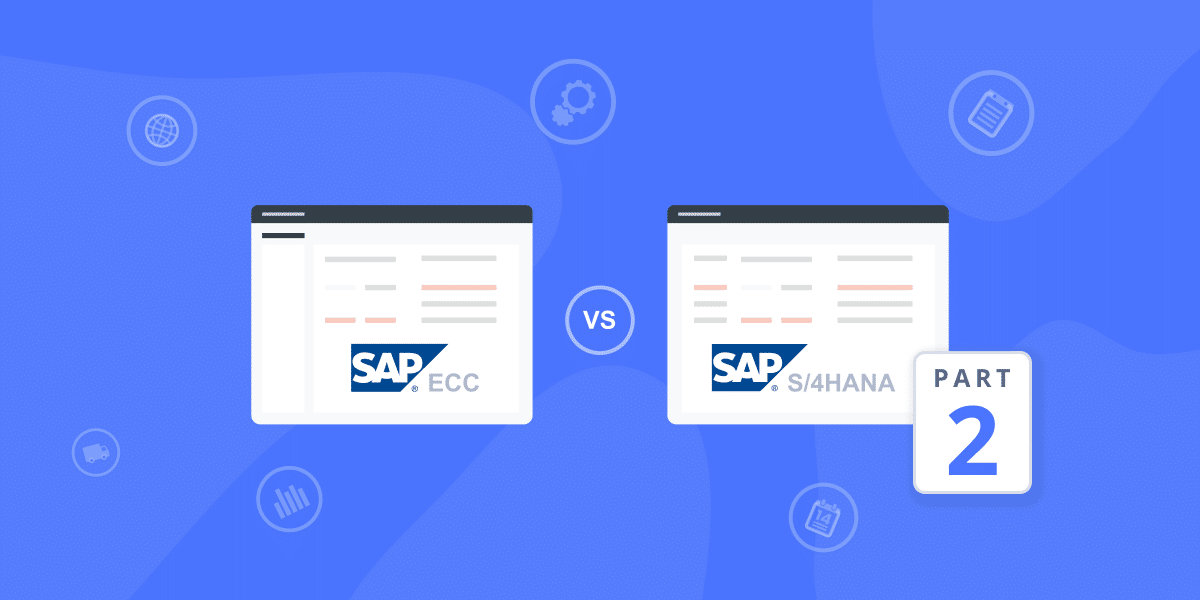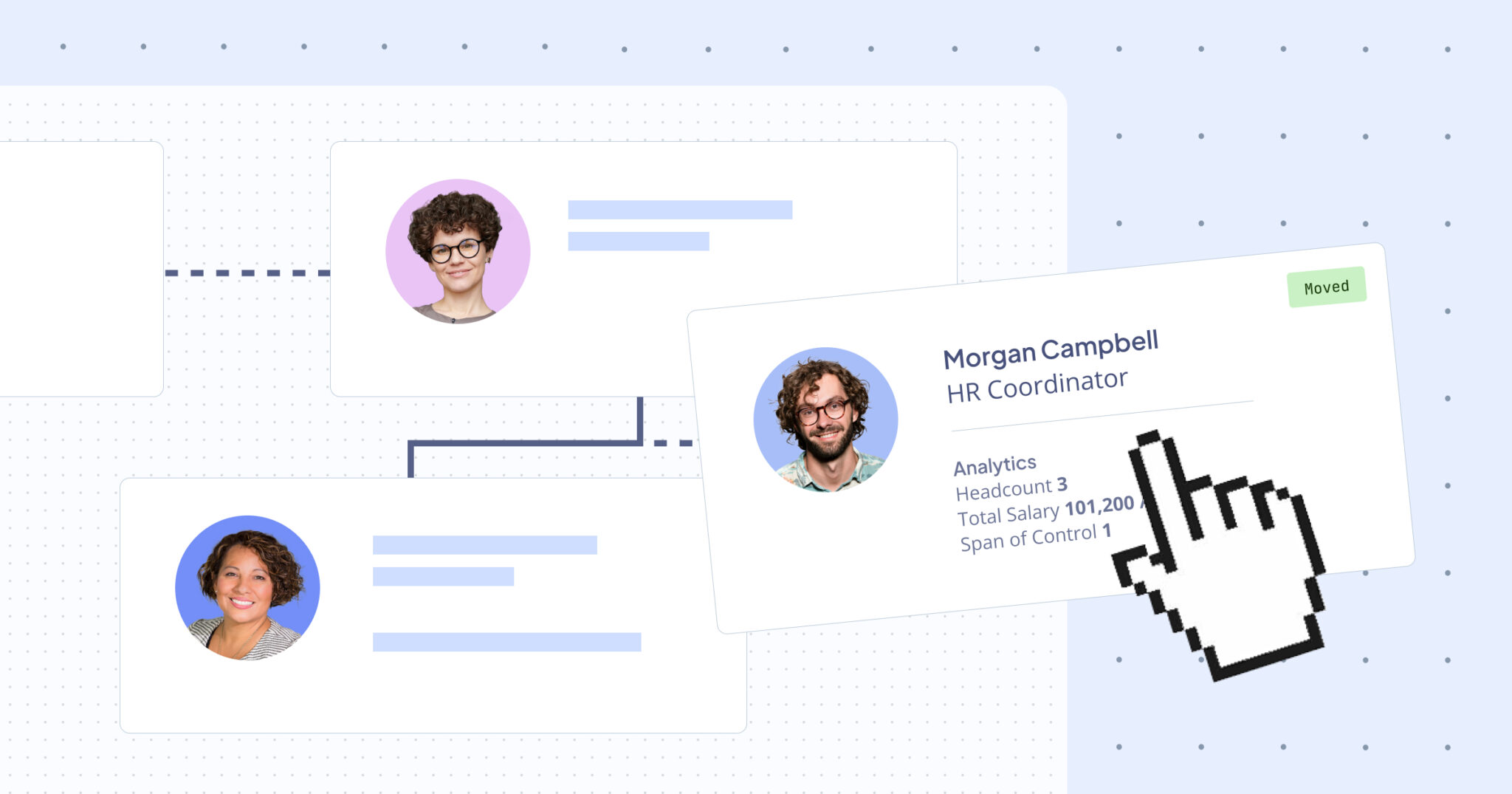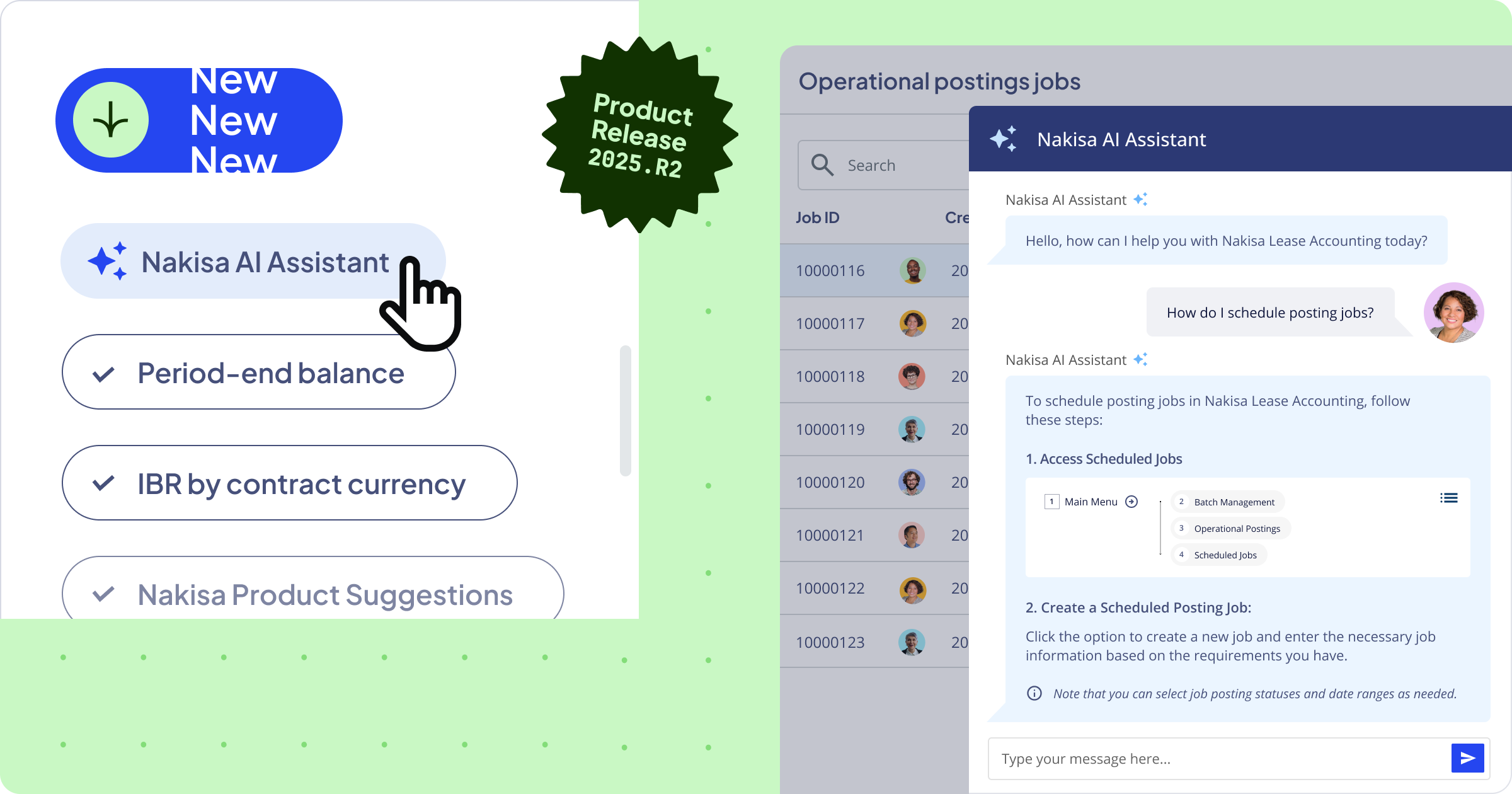Last time, we covered the key differences between SAP ECC and SAP S/4HANA as well as the most significant methods for third-party solutions (including our own Nakisa Lease Administration and Nakisa Real Estate solutions) to integrate with these two ERP systems. This time, we’ll explore in some depth our preferred and recommended ways to ensure smooth data exchanges between integrated systems (i.e., native bidirectional integrations). Do note that there will be a lot of acronyms in this piece!
Let’s talk about ABAP, REST APIs, RFCs, BAPIs, and ZBAPIs
Let’s walk through the key technologies that form the backbone of bidirectional integration between finance solutions and SAP products. In this section, we’ll quickly cover ABAP, REST APIs, RFCs, BAPIs, and ZBAPIs.
Advanced Business Application Programming (ABAP)
Developed by SAP, ABAP is the programming language and platform used for developing applications in the SAP environment. Among the things users create with ABAP are programs, reports, and custom functionalities. The reason why ABAP is mentioned here is that it’s used to program some of the core elements of successful integrations between SAP products and third-party solutions, notably, RFCs, BAPIs, and ZBAPIs (see below).
Representational State Transfer Application Programming Interface (REST API)
The REST API is the most used API for developing and interacting with web services. REST APIs use HTTP requests to create, read, update, and delete data, and are both scalable and fast. This type of API can also handle all data types. It’s a small wonder that well-designed and implemented solutions use them as a primary means of integrating with other software. When IT professionals are presented with apps integrated using REST APIs, they gain a direct way to configure these apps to utilize existing infrastructure and security frameworks to meet their organization’s specific needs.
Remote Function Call (RFC)
RFCs are mechanisms that permit software to execute procedures or functions in remote systems. They allow distributed computing, web services, and microservices to function. While any software can use RFCs, this mechanism is deeply associated with SAP because the company’s products make such extensive use of them to communicate and interact amongst themselves or with non-SAP systems. As you can probably guess, RFCs are what enable solutions integrated with SAP products to pass data and receive results in real-time.
SAP RFCs are created using ABAP. The specific elements that are defined and coded during development include the RFC’s interface, logic, and configuration.
- Interface: Each RFC expects defined inputs and data types and must also provide defined ways to return results. The interface provides these definitions, as well as specific ways to interact with SAP and non-SAP programs.
- Logic: Each remote function does very specific operations and calculations whenever it’s called, and these actions are defined in its logic.
- Configuration: For an RFC to work with any given SAP function module, the module must be RFC-enabled.
Business Application Programming Interface (BAPI)
BAPI is specific to SAP. Built by the company, each BAPI is an RFC-enabled API. BAPIs can also be considered function modules that provide a reliable standardized interface for integrated external apps to execute business processes, access data, and otherwise engage with SAP elements. BAPIs are created using the ABAP platform and language and are accepted across industries as the main and most secure way to integrate any given solution into an SAP ERP system.
Custom Business Application Programming Interface (ZBAPI)
As you can probably guess, ZBAPI is related to BAPI. Each ZBAPI is a custom BAPI that’s been created using ABAP to customize a standard SAP functionality that doesn’t meet an organization’s particular business need(s) in its out-of-the-box form. Using a ZBAPI allows an organization to define data exchange and implement automation in a way that’s maximally useful for its own particular use cases.
Summary of what ABAP, REST API, RFC, BAPI, and ZBAPI mean
| Term | What It Is |
| ABAP | Advanced Business Application Programming: The programming language and platform for creating applications in SAP environments. |
| REST API | Representational State Transfer Application Programming Interface: The most used API for developing and interacting with web services. |
| RFC | Remote Function Call: Mechanisms that allow apps to remotely execute functions or procedures. SAP uses RFCs very extensively and uses ABAP to code them. |
| BAPI | Business Application Programming Interface: RFC-enabled API that provides a reliable, standardized interface for 3rd party apps to integrate with SAP environments. |
| ZBAPI | Custom BAPI created with ABAP to allow organizations to conduct data exchanges for their own particular use cases. |
The key points of integration with SAP ECC and SAP S/4HANA
As we mentioned in Part 1, Nakisa Lease Administration (NLA) and Nakisa Real Estate (NRE) software seamlessly integrate with both SAP ECC and SAP S/4HANA through the native connectivity provided by Nakisa Cloud Connector (NCC). You may be wondering why we’ve pivoted to talking about NCC; this is because it was designed and built according to the best practices for SAP integration.
For us, any discussion of the proper way to integrate with SAP necessarily is a conversation about how NCC works.
NCC was built to enable all our products to offer bidirectional integration with SAP products (and Oracle solutions such as EBS, among others), with the use of secure open REST APIs as one primary means of data exchange. This is because using REST APIs validated by ERP (or other recognized) providers when developing integrations is simple, secure, and the bare minimum method of developing integrations. NCC also uses other methods, which we’ll soon cover.
By using validated REST APIs to ensure data transfer security, NCC opens a two-way encrypted channel for communications between ERP servers and the Nakisa cloud, using TLS over TCP. This eliminates the need for back-channel VPN tunnels. NCC leverages an ERP gateway to access the backend servers, providing IT professionals with a direct way to configure owned apps to meet their organization’s specific needs.
However, REST APIs do not allow for the full breadth of integration functionality as SAP-native or derived methods. So, here’s where the above groundwork on RFCs, BAPIs, and ZBAPIs comes into the picture.
To get the most efficient and secure data access and exchange with SAP products (regardless of whether it’s ECC or S/4HANA), our NCC utilizes SAP RFCs to retrieve SAP master data. The RFCs then store the retrieved results in the appropriate NLA and NRE databases for efficient and streamlined access to the required information.
NCC further leverages standard BAPIs for writeback to SAP’s ERPs, enabling seamless posting of documents or other pertinent data objects to SAP systems. By using BAPIs in this way, no transport packages need to be installed; instead, data exchange is done in ways fully approved and developed by SAP. As a result, clients can rest assured that Nakisa can guarantee verified integrations between their SAP systems and any Nakisa solution they’ve purchased.
In a situation where a client has already created and deployed ZBAPIs, Nakisa’s engineers work with the customer’s development team to build out and test the connection between NLA and NRE with the client’s SAP environment. We co-innovate with them to ensure perfect compatibility and security across our SaaS solutions, their applications, and their ERPs. However, our preferred approach is to utilize the official BAPIs provided by SAP to ensure optimal performance and security.
That said, while we can and do use ZBAPIs in our integrations, we do recommend that organizations (particularly global enterprises) use standard BAPIs wherever possible. It’s almost always more secure and is less prone to encountering bugs.
Nakisa-SAP integrations in action
Everything we described above forms the backbone for how we effectively and securely integrate with not just SAP’s multiple ERPs, but also from other vendors (like Oracle). What we built with NCC is absolutely unique to the market; our careful, considered architecture and product roadmaps have been refined over 20 years of working with SAP. This has allowed and continues to enable global enterprises to consolidate and gain a global view of all their leasing and real estate management activities. We pride ourselves on providing comprehensive support of NLA and NRE for both SAP ECC and SAP S/4HANA out-of-the-box. Our solutions seamlessly integrate with SAP ECC 6.0 v. Ehp5 and onward, as well as SAP S/4HANA from v.1503 and onward. This integration is what allows all of Nakisa’s solutions to be ACID compliant, I.e., all transactions between our products and integrated systems respect the principles of Atomicity, Consistency, Isolation, and Durability. Beyond that, our integrations permit us to easily offer compliance with international standards.
Here is just a sampling of the functional benefits NLA and NRE offer, thanks to their integrations with SAP ECC and S/4HANA.
One single source of truth
Clients who integrate NRE and NLA with an SAP ERP efficiently manage and monitor their lease portfolios across diverse ERP systems or modules. The integration supports any client’s global expansion ambitions by ensuring seamless consolidation of real estate, lease, financial, and business data. The consolidated data becomes an ultimate truth source that provides reliable and accurate information, which leads us to our next point.
Efficient lease portfolio management
By bringing together all the data from your real estate portfolios, accounting system, and operations processes, NLA/NRE in conjunction with your ERP system becomes a single end-to-end platform that directly drives efficient lease portfolio management. It’s because true process automation becomes possible, where manual data entry and correction, whether wholly or in part, is eliminated. Time is saved, and, even more importantly, errors are reduced systematically.
Harmonized ledgers and accounting functions
Through NCC, NRE and NLA both leverage Nakisa’s in-house general ledger (GL) engine which harmonizes with diverse ERP GLs. It’s a powerful, effective way to enable a comprehensive view of lease portfolios, regardless of whether SAP ECC or SAP S/4HANA is integrated with Nakisa SaaS solutions. Additionally, NRE and NLA bi-directionally integrate with the FI-GL module of SAP, enabling the storage of all asset-related data in NLA while facilitating direct finance posting to the SAP Financial General Ledger.
See how Nakisa’s solutions enabled Nestlé S.A. with seamless NLA integration into more than 12 ERP systems.
NRE and NLA’s integration setup can be further configured to directly enable the GL, Accounts Receivable (AR), and Accounts Payable (AP) modules in either SAP ECC or SAP S/4HANA to record in real-time all business transactions and financial information related to the leasing of equipment and real estate.
By eliminating duplicate data points and offering a secure and consolidated data source, Nakisa’s integrated solutions deliver consistency and peace of mind to users across their environments. It helps accountants ensure compliance with the particular accounting standards under which their organization maintains their ledgers.
Easy validation of SAP postings
Nakisa developed (and continues to develop) a range of functionalities that streamline user activities. One notable example is the addition of a new user interface (UI) feature that facilitates the validation of SAP postings. With this functionality, our users and their auditors can easily perform spot checks, ensuring the precision and integrity of their data. It’s one of the many ways we help clients stay compliant.
Final remarks
By choosing a finance solution that is not only compatible but is actively bidirectionally integrated with SAP ECC or SAP S/4HANA, organizations can get the most accurate, timely, and feature-rich tool for lease and real estate management. Smooth, powerful performance, continuously evolving functionalities, and the ability to make the most dynamic and insightful business decisions become a matter of course.
These are all the hallmarks that Nakisa’s solutions offer. Effective lease management, easy compliance with regulatory requirements (IFRS 16, ASC 842, GAAP 87, AASB 16), and optimized real estate portfolios and operations are guaranteed. It’s how Nakisa’s cloud-native accounting and real estate products are the solution of choice for Walmart, Puma, Dollarama, and many others. Read their success stories here.
Join them! Contact us for more information on how to integrate Nakisa Lease Administration and Nakisa Real Estate Solution with your SAP ERP system and get better outcomes today.






